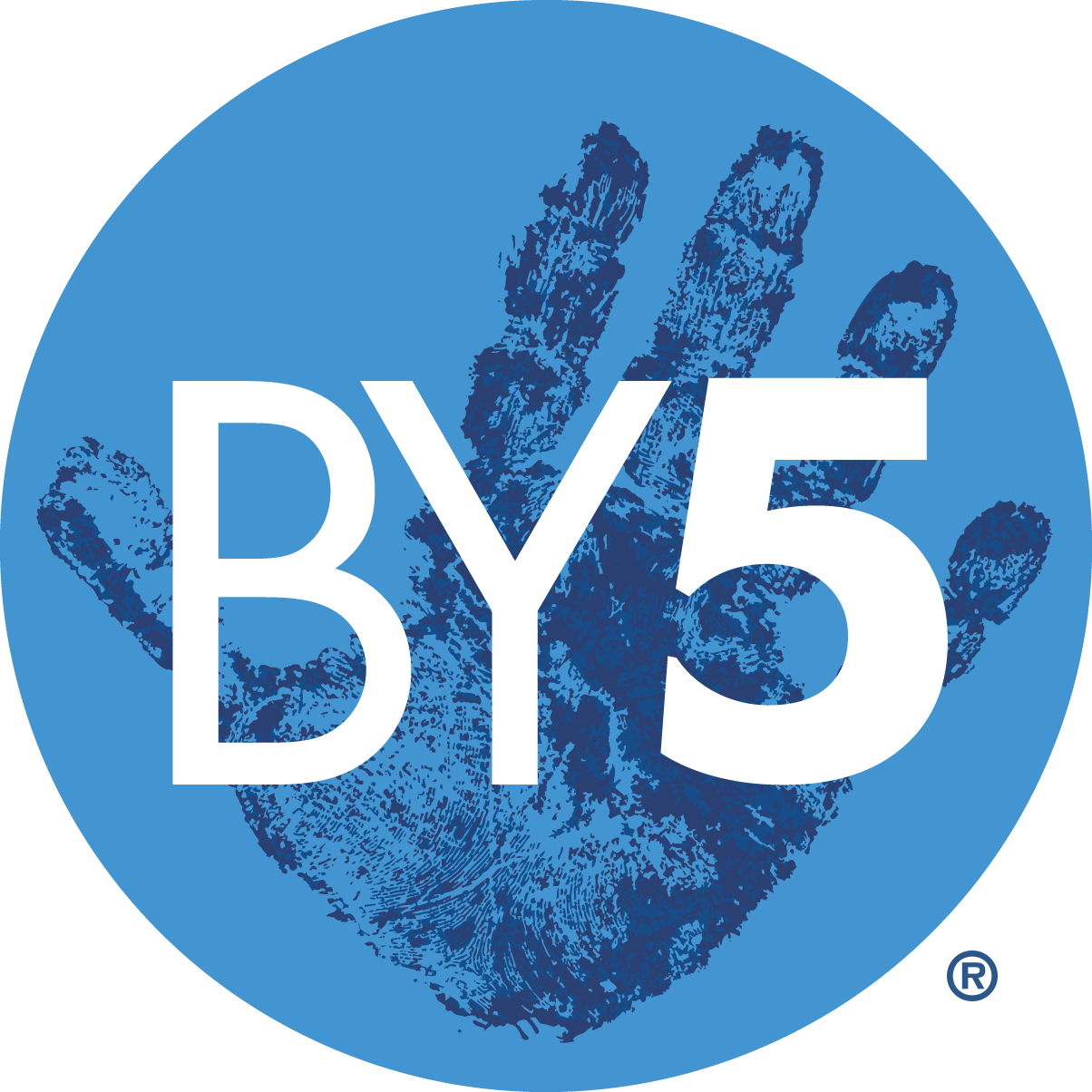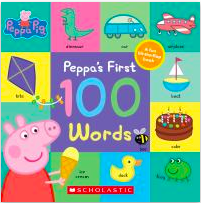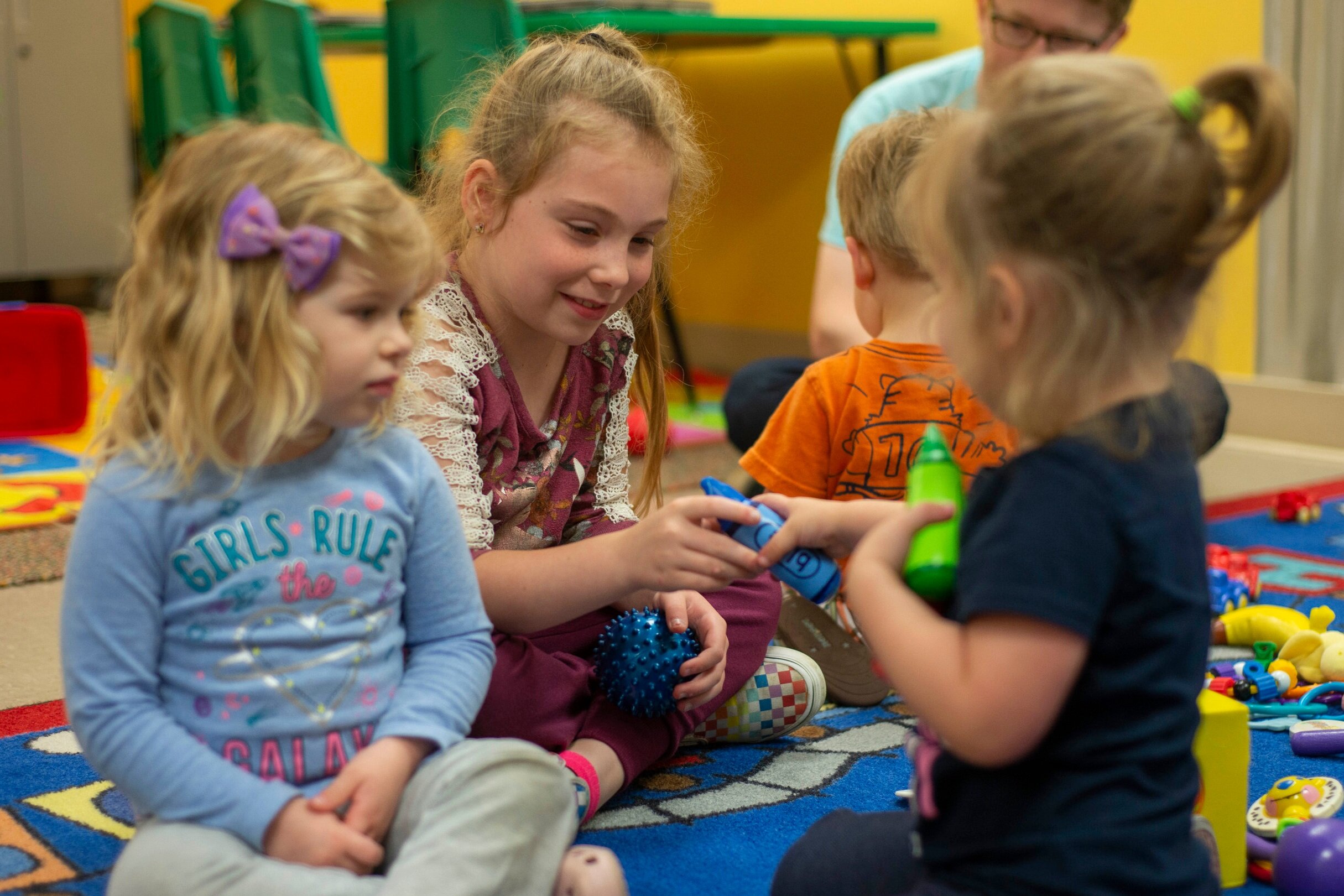When my two-year-old granddaughter is visiting, it seems she is getting into something she sin’t supposed to every time I turn around. And although one half of the living room is reserved for her toys (and some have even spilled over into other rooms), she loves to play wherever I am—when I am in the kitchen, she is too.
Young children like to explore their environments, often with their hands, eyes, nose, and even their mouths. It is very important to make certain that the environment they are exploring is safe for their tiny little hands and mouths.
(Post continues below.)
To keep Ruby safe in the kitchen, I have put a rubber band around the two knobs to keep her out of the cleaning supply cabinet, I have covered the outlets, and I have all sharp objects out of her reach. When she wants to explore in the kitchen, she heads for the pots and pans cabinet. She loves stacking the pots and banging on them with a wooden spoon. I also have a little stool that she stands on when she wants to help me “cook.” Her favorite cooking activities include pouring liquid into the bowl, putting nuts or other ingredients in while we count them, and washing the dishes—which usually results in mopping the floor and changing her clothes!
Especially as the weather gets colder and little ones cannot explore outside, it is important to provide safe areas inside for them to explore. Each room of the house can provide opportunities:
Bedroom
A space for reading or quiet play is ideal in the bedroom. Their bed can even be used for this purpose if it is not nap time. Everything should be removed from the bed for sleeping. A pillow placed on the floor with a few books gives your child the opportunity to spend quiet time exploring.
Laundry Room
I dread the task of matching socks, but a toddler can be enlisted to help. Young children can be asked to search out the socks and simply place them in a pile, while older kids can pair matching socks. Sorting and matching are pre-Kindergarten skills. As they get older, you can have children fold washcloths or small towels. They will be proud of their accomplishments.
Bathroom
With close adult supervision, bath time can be a great time of exploration. Most toddlers enjoy playing with water, especially with toys. Simple household items can be turned into fun toys: plastic measuring cups can be used for pouring, and sponges can be squeezed. Small animals or characters are also fun for your child to use in exploring during bath time. Be sure not to introduce choking hazards, and always stay with your child when they are in water, even a small amount.
Living Room
The possibilities for exploration in the living room are endless. One of the things I like to do is keep larger cardboard boxes I receive and let Ruby color or paint on them. If the box is big enough, she can even play in it with her dolls. If your child likes to play with cars and trucks, you can use tape or strips of paper to create a racetrack on the floor.
90% of brain development happens before the age of 5, so it is important that we get those brains working as much as possible. Young children learn through safe exploration of their environments, and that includes every room in their home. The next time your toddler is hauling all your pots and pans out of the cabinet, remember they are building their brain through exploration.
—Missy





























